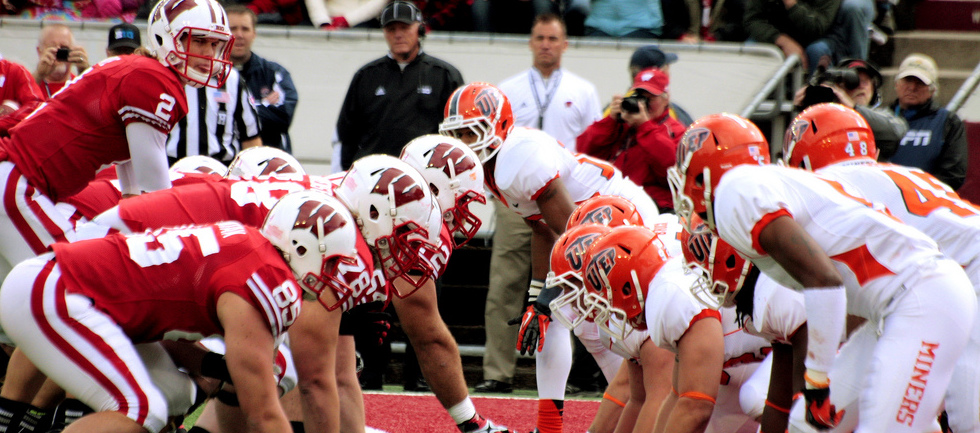There are so many different factors to look at when handicapping a bowl game. Understanding the history of bowl games can certainly help with making your decision. Motivational factors are clearly more important in bowl games than they are in the regular season. Statistics can’t exactly be thrown out the window, but you should focus more on motivation than numbers if you want to come out ahead during the bowl season.
Is a team that got blown out in it’s final game of the regular season going to fold in the bowl game, or it is going to come back and fight hard to try and make up for it? That is the question I set out to answer by going over the history of bowl games. I have pulled up all the teams that were blown out by 10 or more points to see how they fared in the postseason. I have also broken it up into tiers of blowouts, and here is what I have found.
Fading Teams in Bowl Games After a Blowout Loss Against the Spread
- Off a Loss By 10 or More Points: 194-170-2 (53%)
- 10-20 Points: 106-84 (55.8%)
- 20-30 Points: 60-48 (54.5%%)
- 30-40 Points: 29-26 (52.7%)
Before doing the research, I believed that these teams who were coming off blowout losses would actually do well in their bowl games. That’s because I figured there would be value with them since the blowout was fresh in the mind of the betting public. That usually forces oddsmakers to inflate the opponent of the team coming off the blowout loss.
Instead, it has proven to be a wise move to fade the team coming off the blowout defeat. In a way it makes sense because they are obviously dejected coming into their bowl game, and they have no momentum at all.
A Winning College Football Bowl Betting System
These numbers are compelling, but not quite worth following blindly. I looked for something to tighten this system up and found a simple yet effective way. We looked at matchups where the opposing team lost their last game of the season by 20 or more points, but were not double-digit underdogs in their bowl game matchup. The logic here is that the opposing team ended on a sour note. Now they are facing a team that is at least perceived as better (favored), but not so much better that the spread is in the double digits. This takes out outlier lines where there is a huge disparity between the two teams, where the spread tends to be so high that it is easy for a team to have a backdoor cover. That brings us to our best bowl system. Put in the most simple terms possible, we want to take bowl teams who are favored by less than 10 points matched up against an opponent who lost their final game of the season by 20 or more points. Going back to 2002, teams in this situation are 52-36-2 (57.8%) against the spread and well worth looking at each season.

